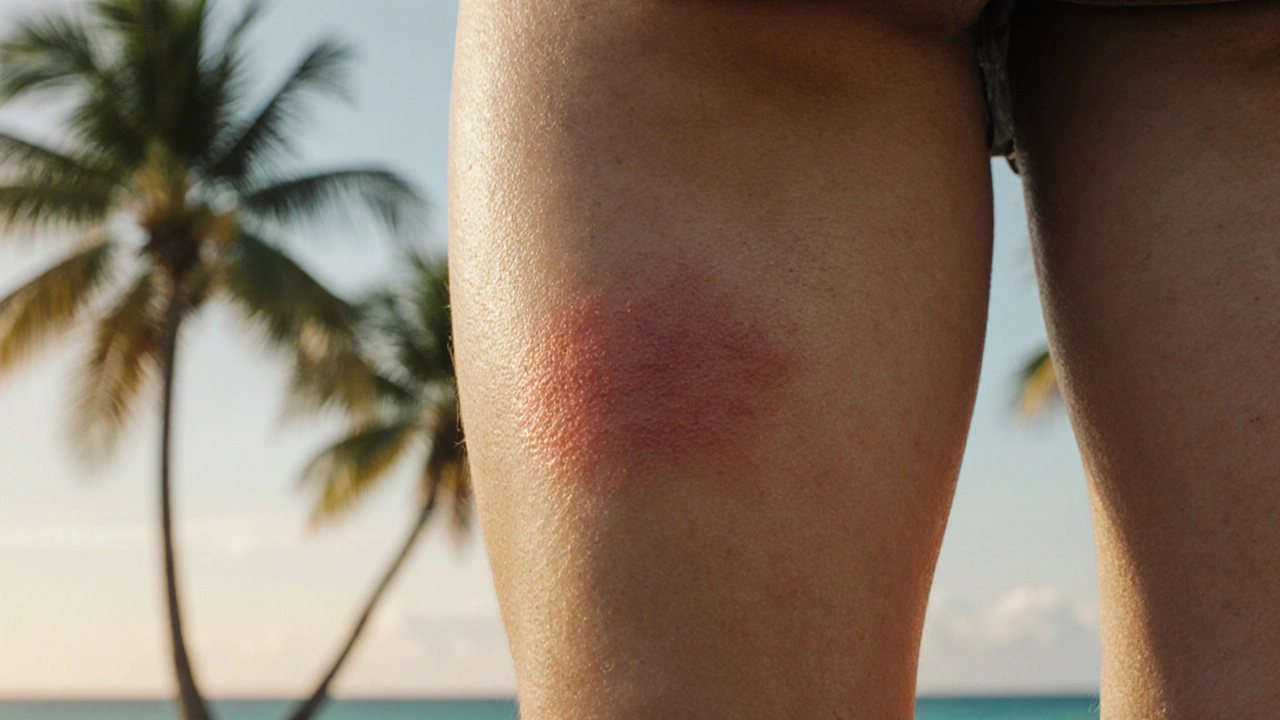Did you know most healthy adults will face a yeast infection at least once? The good news is you can lower that chance with a few everyday changes. Below you’ll find straight‑forward habits that target the real causes of Candida overgrowth, plus clear signs that it’s time to get professional help.
First, keep the area dry. Yeast loves moisture, so after showering or swimming change out of wet clothes promptly. Opt for cotton underwear and loose‑fitting pants; synthetic fabrics trap heat and sweat, creating a perfect breeding ground.
Second, watch your diet. Sugary foods and refined carbs feed Candida, so swapping a soda for water or choosing whole grains over white bread can make a big difference. Adding probiotic‑rich foods like yogurt, kefir, or sauerkraut helps keep good bacteria in check.Third, be cautious with antibiotics. They kill both bad and good bacteria, often leading to an imbalance that triggers yeast growth. Only take them when a doctor prescribes them, and consider a probiotic supplement during the course.
Fourth, avoid scented hygiene products. Douches, scented wipes, and perfumed soaps can irritate the delicate skin and disrupt its natural pH. Stick to plain, unscented cleansers and rinse with lukewarm water.
Fifth, manage blood sugar if you have diabetes. High blood sugar levels provide extra fuel for yeast. Regular monitoring, a balanced diet, and talking to your healthcare provider about medication adjustments can keep both blood sugar and yeast in check.
If you notice itching, burning, or a thick white discharge that doesn’t go away after a few days of over‑the‑counter treatment, it’s time to call a doctor. Persistent symptoms may signal a resistant strain or an underlying condition that needs targeted therapy.
Women who experience repeated infections (four or more a year) should get a full evaluation. Hormonal imbalances, immune issues, or chronic diabetes can all play a role, and addressing the root cause prevents future flare‑ups.
Men aren’t immune either. Redness, itching, or a rash on the penis can be a sign of Candida, especially after recent antibiotic use or uncontrolled diabetes. A quick visit to a primary care clinician can sort it out.
Finally, don’t self‑diagnose with vague internet symptoms. While home remedies like tea tree oil or garlic can provide relief for mild cases, they aren’t a substitute for prescription antifungals when the infection is severe.
Bottom line: staying dry, eating smart, limiting harsh chemicals, and watching blood sugar are the core moves to keep yeast at bay. If symptoms linger, get a professional opinion early – it saves time, discomfort, and future infections.

Learn practical, science‑backed steps to stop skin yeast infections in hot, humid climates, covering hygiene, clothing, diet, home environment, and when to see a doctor.
read more